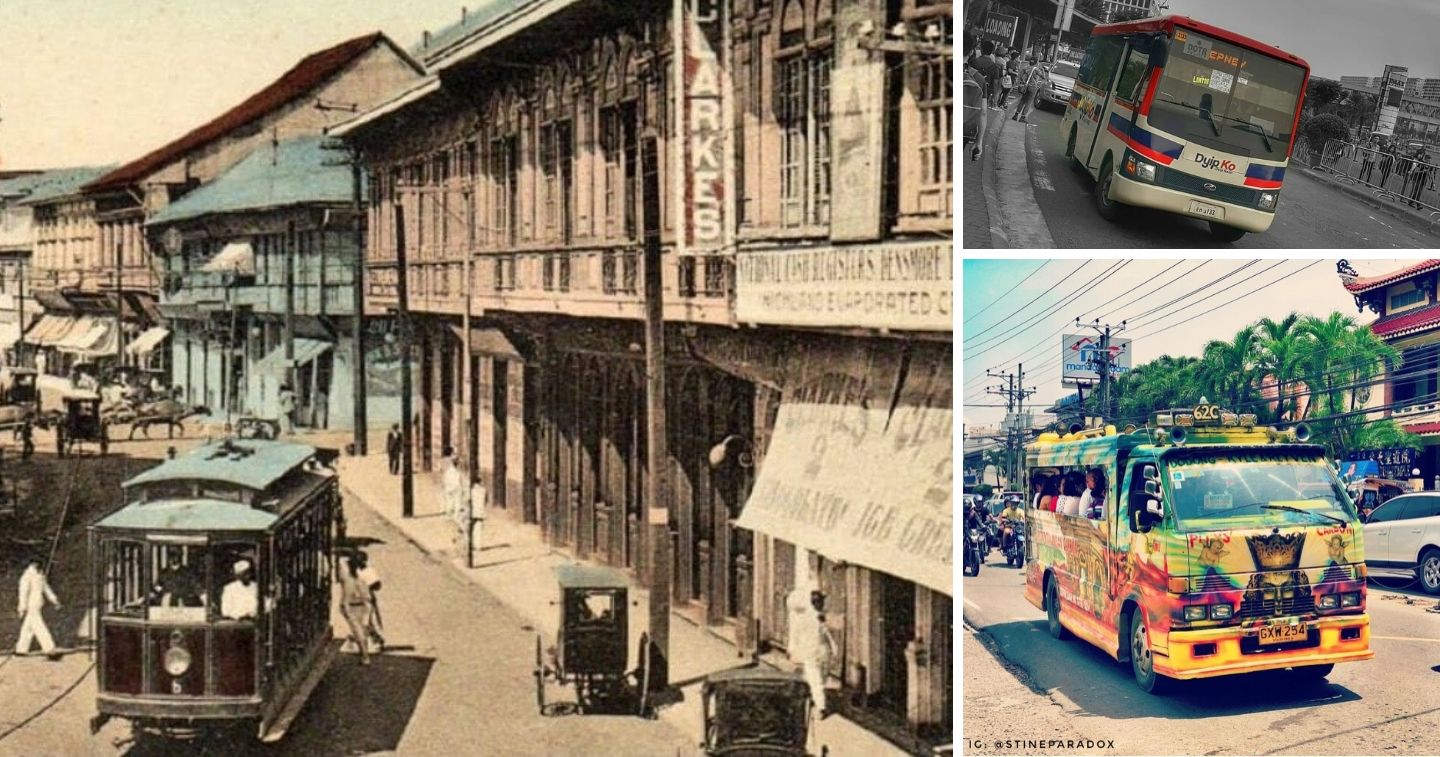Words by Roy Robles
Jeepneys have been iconic centerpieces in Filipino Culture but they are now on the brink of extinction. Can Filipinos ever live without these rolling pieces of history?
Jeepneys in the Philippines are considered the “Kings of the Road”. They are ubiquitous as they can be found everywhere from the busy streets of the nation’s capital to the rural back roads and farms in the countryside, they are practically everywhere you need them to be.
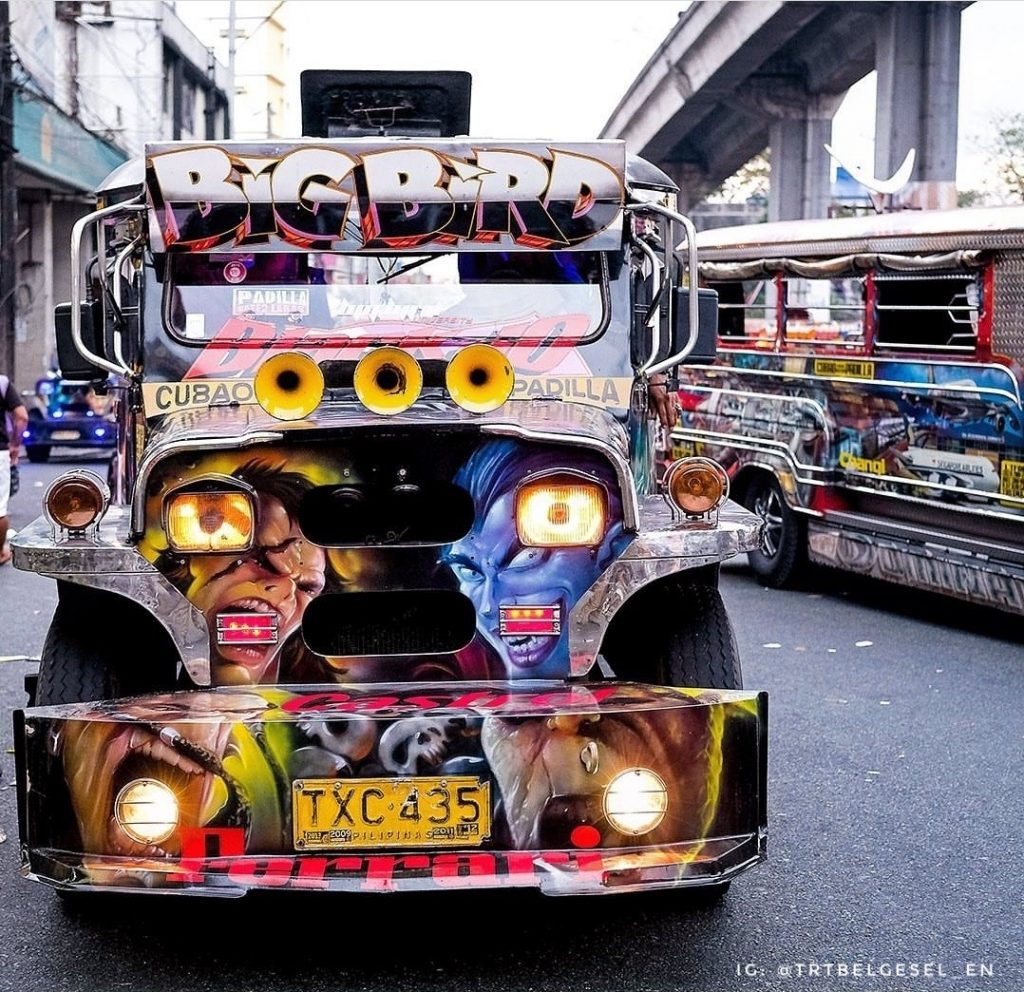
It’s hard to imagine that this has not always been the case. Let’s take a deeper look into history of jeepney in the Philippines to understand as how this unique vehicle has shaped Filipino culture and why is it an important lifeblood of transportation and commerce as a whole?
History of Jeepneys: Turning Lemons into Lemonade
Jeepney meaning?
The word Jeepney is a portmanteau of the words Jeep and Jitney. Jeeps, are rugged military purpose vehicles not unlike the ones we see in today’s streets. It is a slang word for “GP” or General Purpose vehicles.
Jitney is a term used for a small bus that ferries people around town for a small fare. If you’re not familiar with the term, I can’t blame you. It is now commonly known as Dollar Vans, and the word jitney itself has pretty much fallen out of our collective vocabulary.
History of Jeepney in the Philippines
The Jeepney itself only came to be after the 2nd World War ravaged the Philippines. After World War 2, most of the Philippines’ infrastructure fell to ruin, and along with it the transportation systems in both urban and rural areas.
The country’s main transportation systems at the time, mainly Cable Cars, Tranvias, and Train Systems were severely damaged. With the country in disrepair, and a population needing urgent means of transportation, ingenuity blossomed.
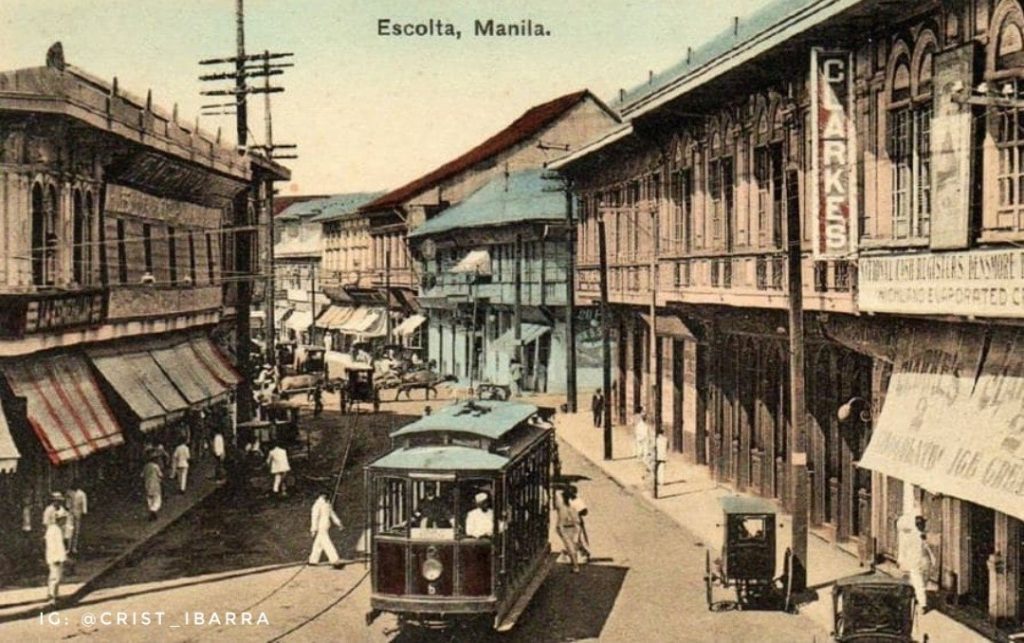
There was a great surplus of Jeeps and other military purpose vehicles left behind by both American and Japanese troops. Enterprising individuals bought these vehicles in bulk from the military and converted them into transit vehicles to ferry multiple passengers.
They placed two rows of seats on the rear bed, parallel to each other where passengers can ride along. It was a revelation as Jeepneys were able to transport many passengers much faster and cheaper than any Cable Car could.
Nowadays, Jeepneys in Manila and major cities in particular form the backbone of public transportation and is very popular because of their convenience and relatively low cost and fare. Jeepney fare in the Philippines is dependent on the price of fuel, usually ranging from Php 10 or around Php 1.99 per kilometer.
Colorful Philippine Jeepney decorations
Jeepney decorations became prevalent as well. The stock military vehicles were colored in drab livery and sometimes were just bare sheets of stainless steel. As with all gear heads, Filipinos can’t leave their pride and joy well enough alone as it is.
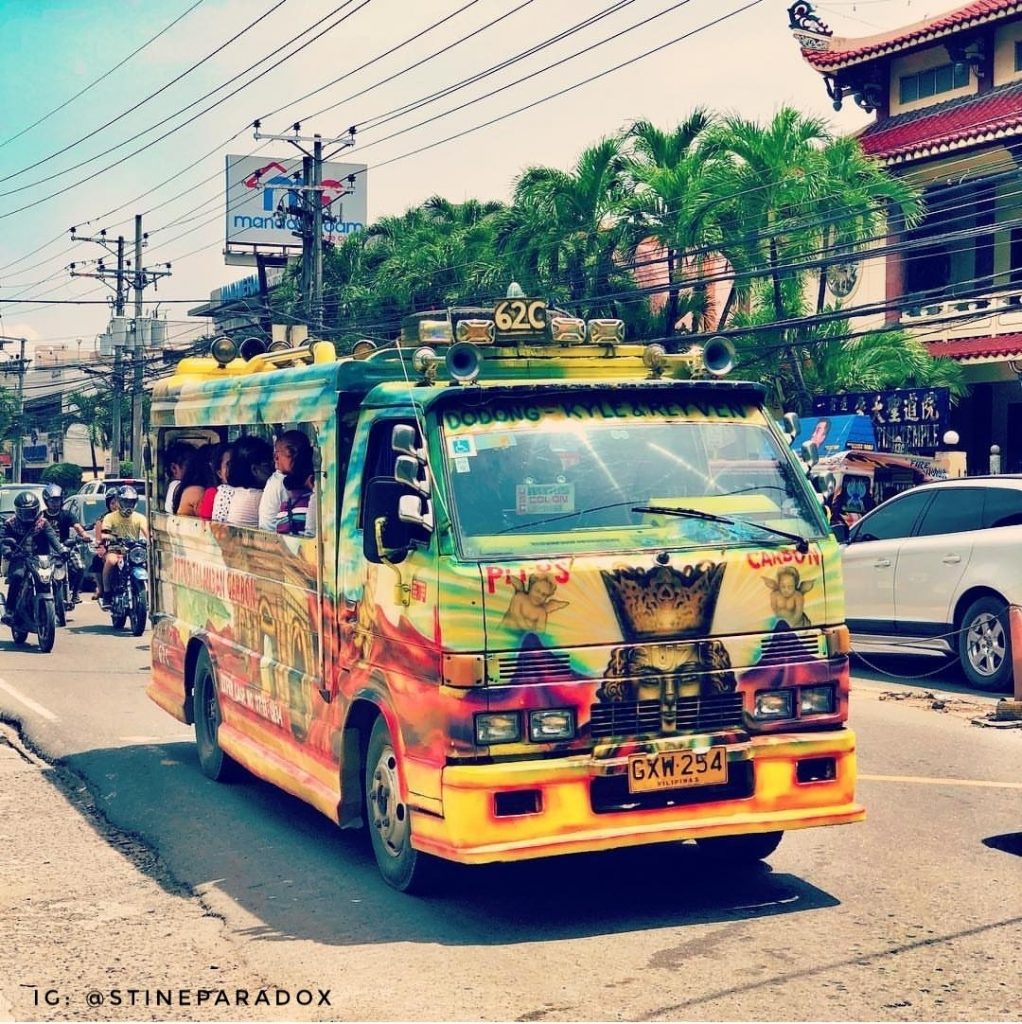
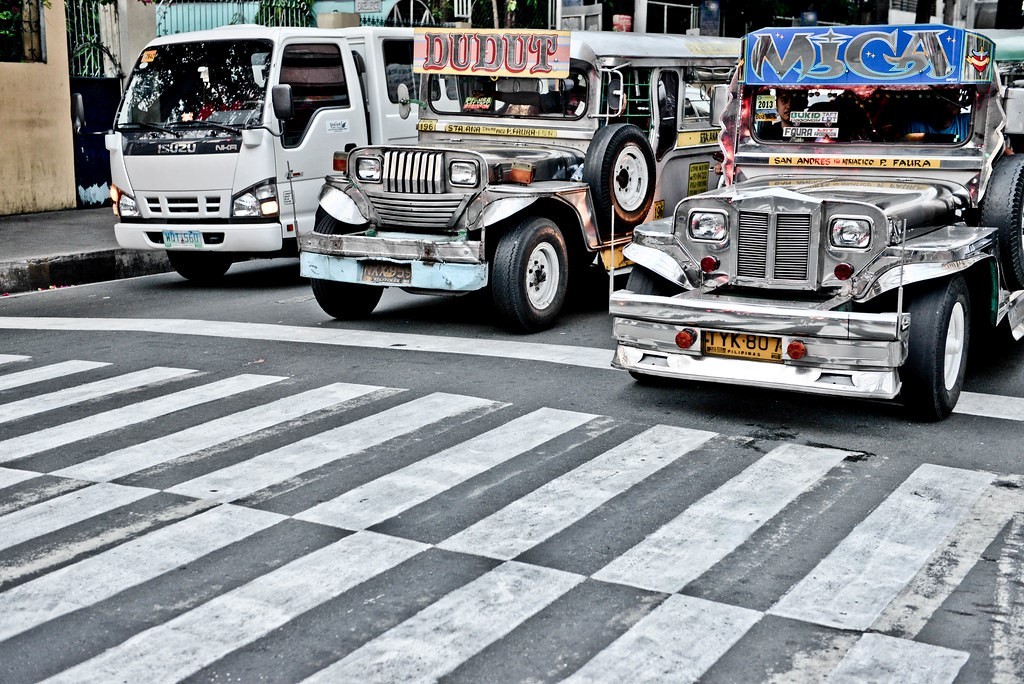
They had to personalize these beasts of burden with elaborate accessories and colors. It became a source of national pride and became the symbol of the Philippines, so much so that the 1964 New York World’s Fair saw a colorful Jeepney on the Filipino stage.

The typical image of Jeepney in the Philippines is often a vehicle adorned by multiple colored lights inside and out, usually the side body panels have elaborate works of art commissioned by the owner or operator. From classic works of art to simple portrait paintings of their family members, you can call a Jeepney anything but boring.
Even their horns are loud, bordering on the obscene, but that is just how Jeepneys are and it is an iconic part of the Filipino Landscape.
Jeepney phase out debate: Pushing Daisies
According to Philkotse.com, the leading news automotive website in the Philippines, the Land Transportation Franchising and Regulatory Board has started to draft measures to phase out the age old Jeepney.
When it comes to Jeepney phase out pros and cons debate, they argue that these vehicles were supposed to be temporary measures after the war to augment the country during its rebuilding process. Arguments for back and forth between the government and opposite interested parties as to why or why shouldn’t the Jeepney be scrapped from plying our roads.
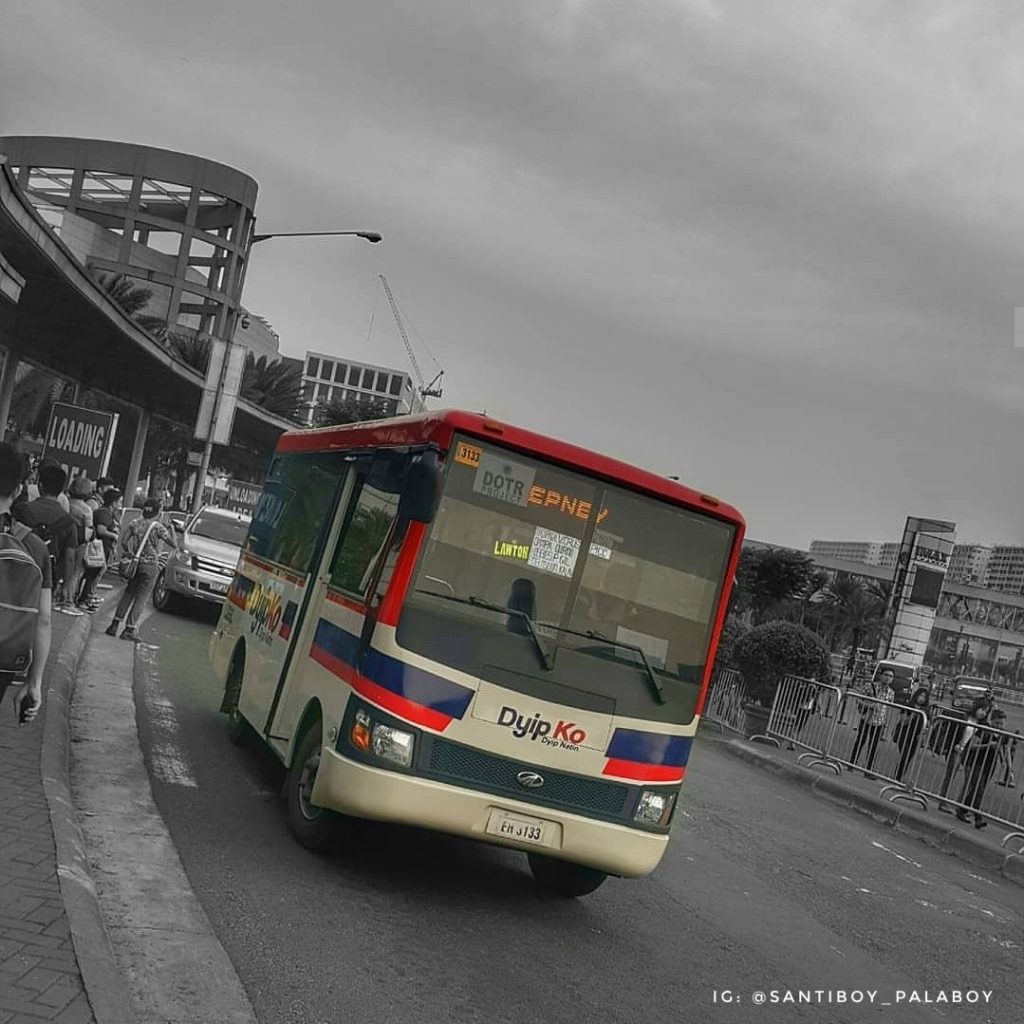
First and foremost, Jeepneys are severely lacking in safety features. Did I mention how the rear passengers are seated on 2 parallel benches facing each other?
Apart from hand rails bolted into the ceiling, there are no other safety features in a Jeepney. Pollution is also a key factor as to why the government wants to phase out the Jeepney. These vehicles are powered by old diesel engines and many of them even lack the basic filtration systems to purify exhaust fumes from burning dirty diesel fuel.
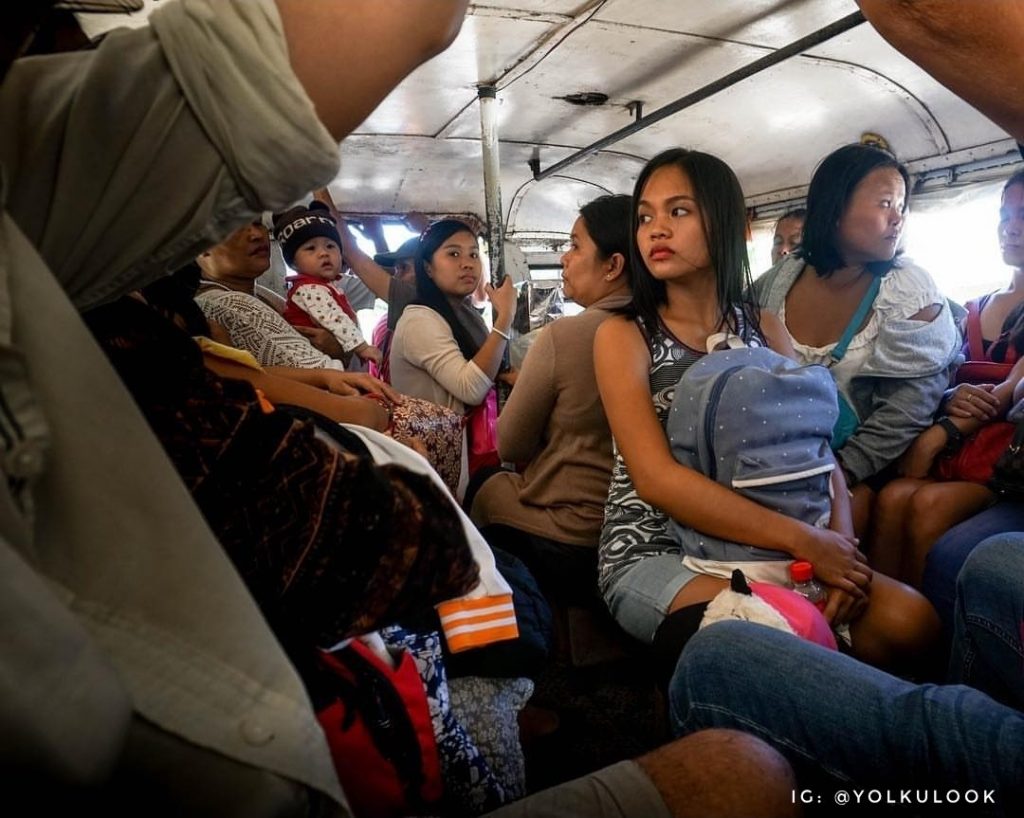
The Government has already begun pilot testing of the Jeepney Modernization program in many cities. Using state of the art vehicles powered by cleaner burning engines as well as hybrid and fully electric mass transportation vehicles these modern Jeepneys feature improved safety and comfort with air conditioning.
Before it all goes away
Protests are being waged almost every week from Jeepney operators refusing to comply with the PUV modernization program and see this as another attempt to control the masses. It will only be a matter of time, though, before the Jeepney as we know it today is completely extinct and gone the way of the dodo.
Let us appreciate the history of Jeepney in the Philippines for its role in building the present, and what it is today to shape the future of a proud nation.

